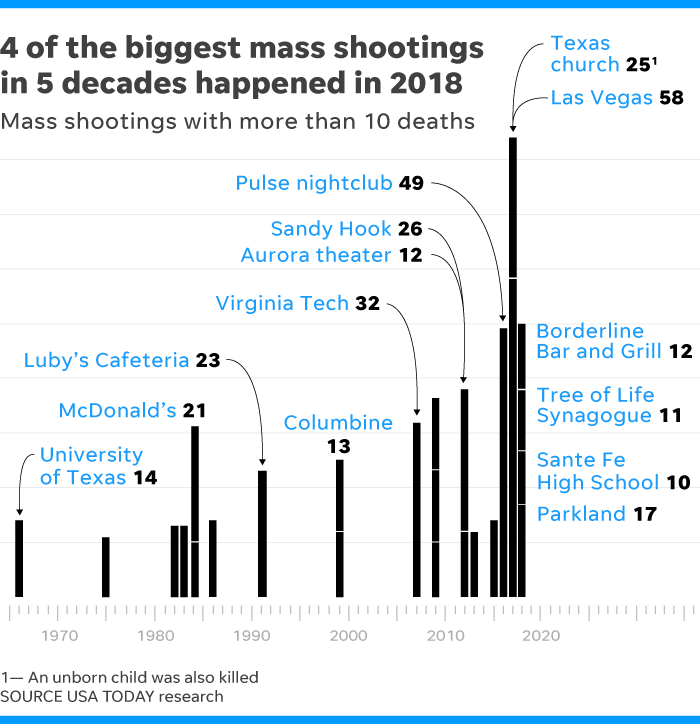“Dying in a Leadership Vacuum” was the title of an unprecedented editorial in The New England Journal of Medicine urging voters to reject current leaders and change “weak and ineffective government polices” or accept hundreds of thousands of unnecessary deaths. The US death rate from Covid-19 far exceeds that of other democratic countries such as New Zealand, South Korea, even Italy, and more than double that of Canada; “exceeds that of Japan, a country with a vulnerable and elderly population, by a factor of almost 50, and even dwarfs the rates in lower-middle-income countries, such as Vietnam, by a factor of almost 2000.”
Read the full editorial in October 2020l. Washington Post coverage.
Seeking to explain negative political polarization, the dramatic rise in suicides, and an epidemic of mass shootings in the US — 307 mass shootings in 311 days of 2018 — the NYT’s David Brooks wrote that most Americans have “bought into a radical individualism that, as Tocqueville predicted, cuts each secluded self off from other secluded selves. Most of us buy into a workaholic ethos that leaves us with little time for community. Most of us live in insular media and social bubbles that provide us with Pravda-like affirmations of our own moral superiority. Most of us hew to a code of privacy that leads us to not know our neighbors.” Brooks’ book is “The Committed Life: When You Give Yourself Away.”
But returning to close-knit, rooted communities such as existed in previous decades, even if possible, might also mean a return to parochialism, tribalism, nosey neighbors, peer pressure, the “nanny state,” 1950s-style Peyton Places, and more social control of individuals that 21st century Americans find claustrophobic, gossipy and incestuous. It may be a question of trade-offs.
Or it may be a simpler question of communities taking a greater sense of responsibility for each other. Mass shootings, suicides, drug epidemics may happen less in communities with greater social capital, however hard that is to measure.

300 Mass Shootings in 311 Days, USA Today reports, according to data from the Gun Violence Archive, a not-for-profit organization that provides online public access to information about gun-related violence. “In all, 328 people died in those incidents, and 1,251 were injured, according to the data. The numbers include incidents in which four or more people were shot or killed, not including the shooters, according to the archive.”
Related:
- Gun Death Rate Rose in 2016, to 12 Per 100,000, according to CDC (NYTimes). the second consecutive increase after a period of relative stability. “That was up from a rate of about 11 for every 100,000 people in 2015, and it reflected the second consecutive year that the mortality rate in that category rose in the United States. …More than 33,000 people die in firearm-related deaths in the United States every year, according to an annual average compiled from C.D.C. data.
- Other causes of death are still higher. “The drug overdose rate was almost 20 deaths per 100,000” in 2016, up from 16.3 in 2015. “The death rate for diabetes was about 25 per 100,000 people; cancer was 185 per l00,000, and heart disease about 196 deaths per 100,000 people.”
- Nearly two-thirds of firearms deaths are suicides.
- While mass shootings account for less than two percent of total deaths from firearms violence, they “are “reshaping the character of American public life,” wrote Garen J. Wintemute, director of the Violence Prevention Research Program at the University of California, Davis, School of Medicine. “Whoever we are, they happen to people just like us; they happen in places just like our places,” he wrote in the Annals of Internal Medicine. “We all sense that we are at risk.”
